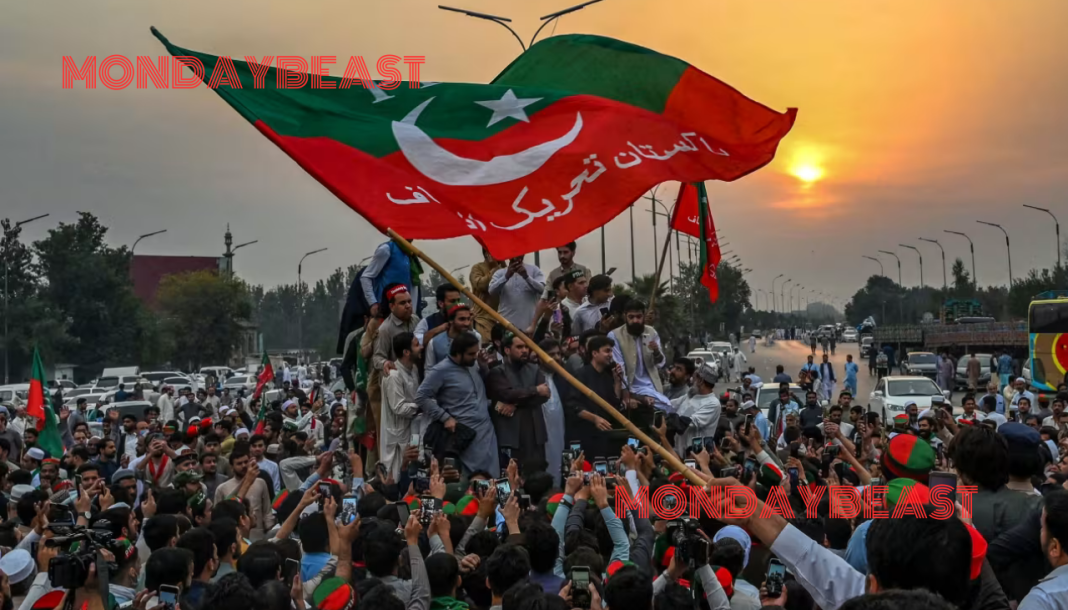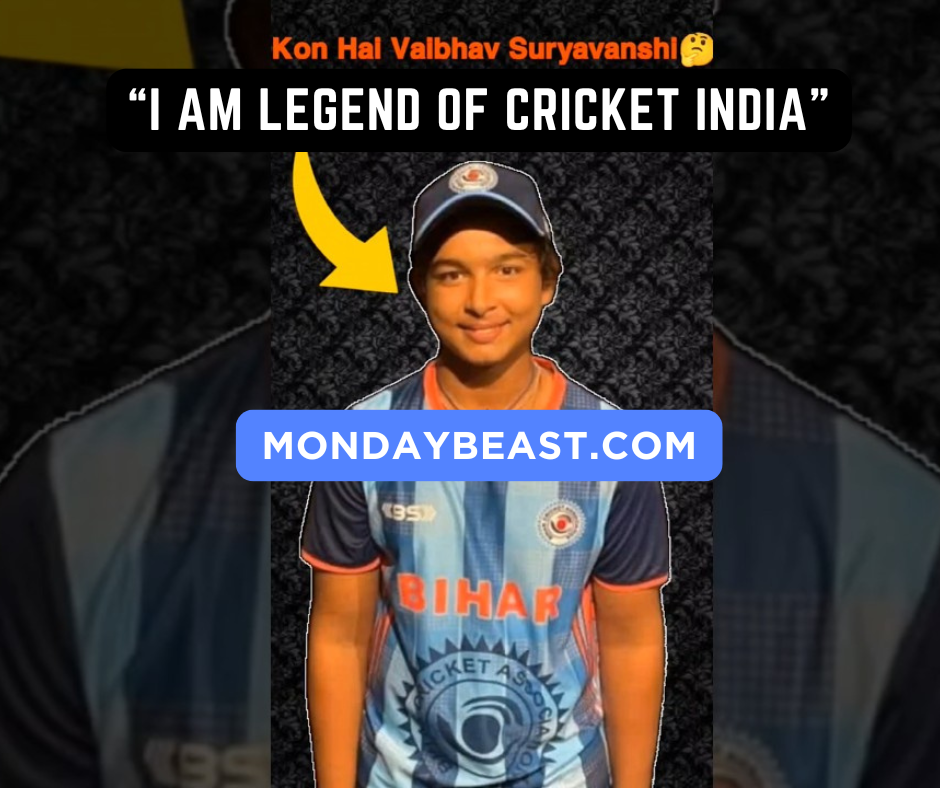Deadly protests in Islamabad are rocking Pakistan. They raise serious questions. What fuels this violence? Why are people risking everything? This article digs into the chaos and its implications.
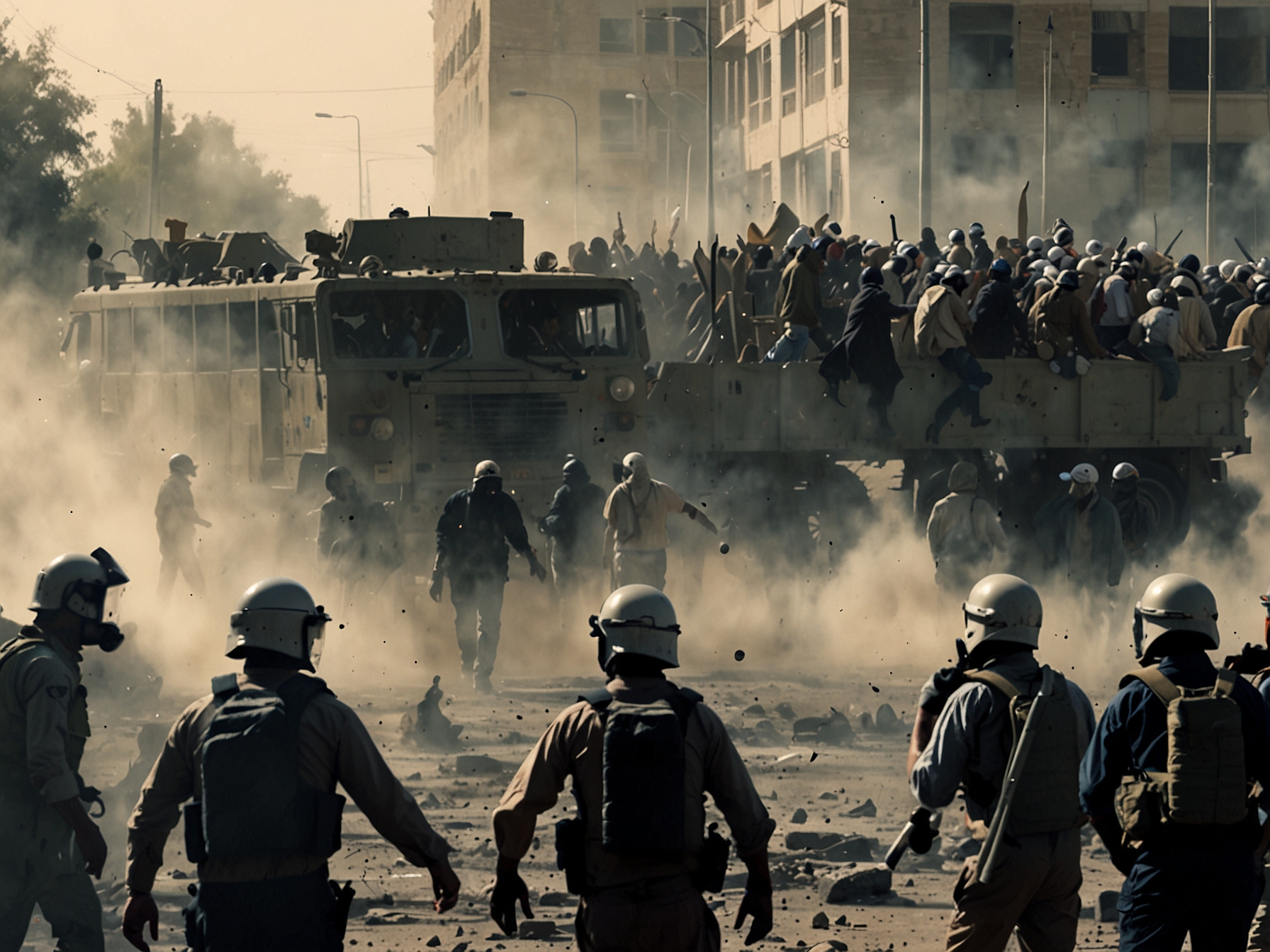
Tensions escalated dramatically when supporters of jailed former Prime Minister Imran Khan demanded his release. The protesters clashed with police, resulting in at least five deaths, four of them security personnel. The severity of the situation has led the army to issue ‘shoot at sight’ orders. Just think about that for a moment—a government taking such extreme measures against its own citizens. It’s staggering.
Protests began with Khan’s wife, Bushra Bibi, leading the march. She called on citizens to march toward Islamabad to demand Khan’s release. The atmosphere was charged. Video footage showed supporters wearing gas masks and goggles, trying to dodge tear gas canisters. Was this how a nation resolves its conflicts? Or is it a reflection of deeper issues?
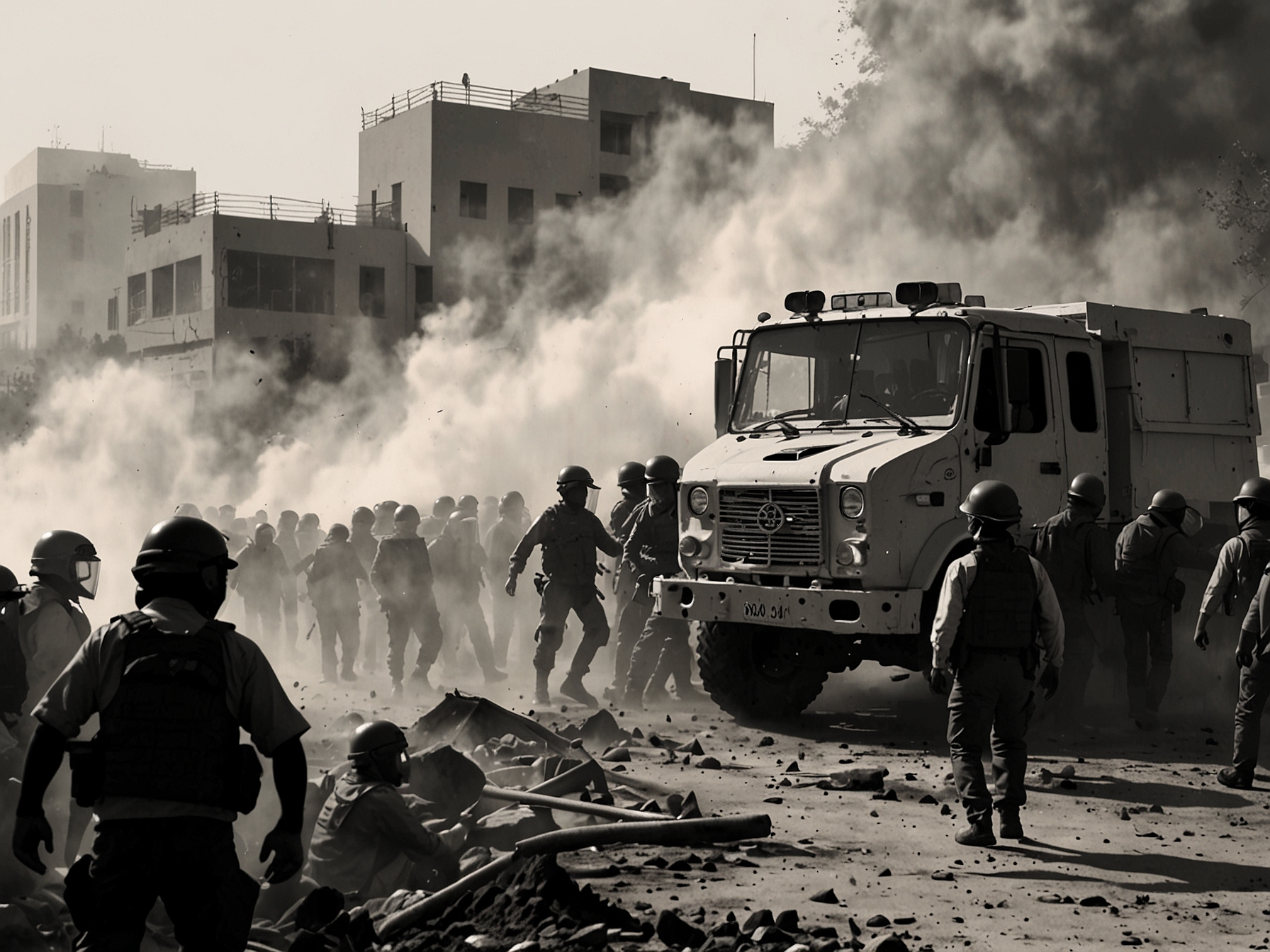
The scene on the streets was chaotic. In a display of defiance, protesters used heavy machinery to remove shipping containers blocking their path. These obstacles made movement nearly impossible. Where would this unyielding march lead? The resilience of protesters against the government’s heavy-handed tactics raises questions about governance in Pakistan. Why do ordinary citizens feel compelled to fight this hard?
The police reported 119 injuries among their ranks. The local government even closed schools in Islamabad for safety reasons. Mobile phone services were suspended in some areas. Did the authorities underestimate the potential for escalation? These actions only intensify the turmoil.
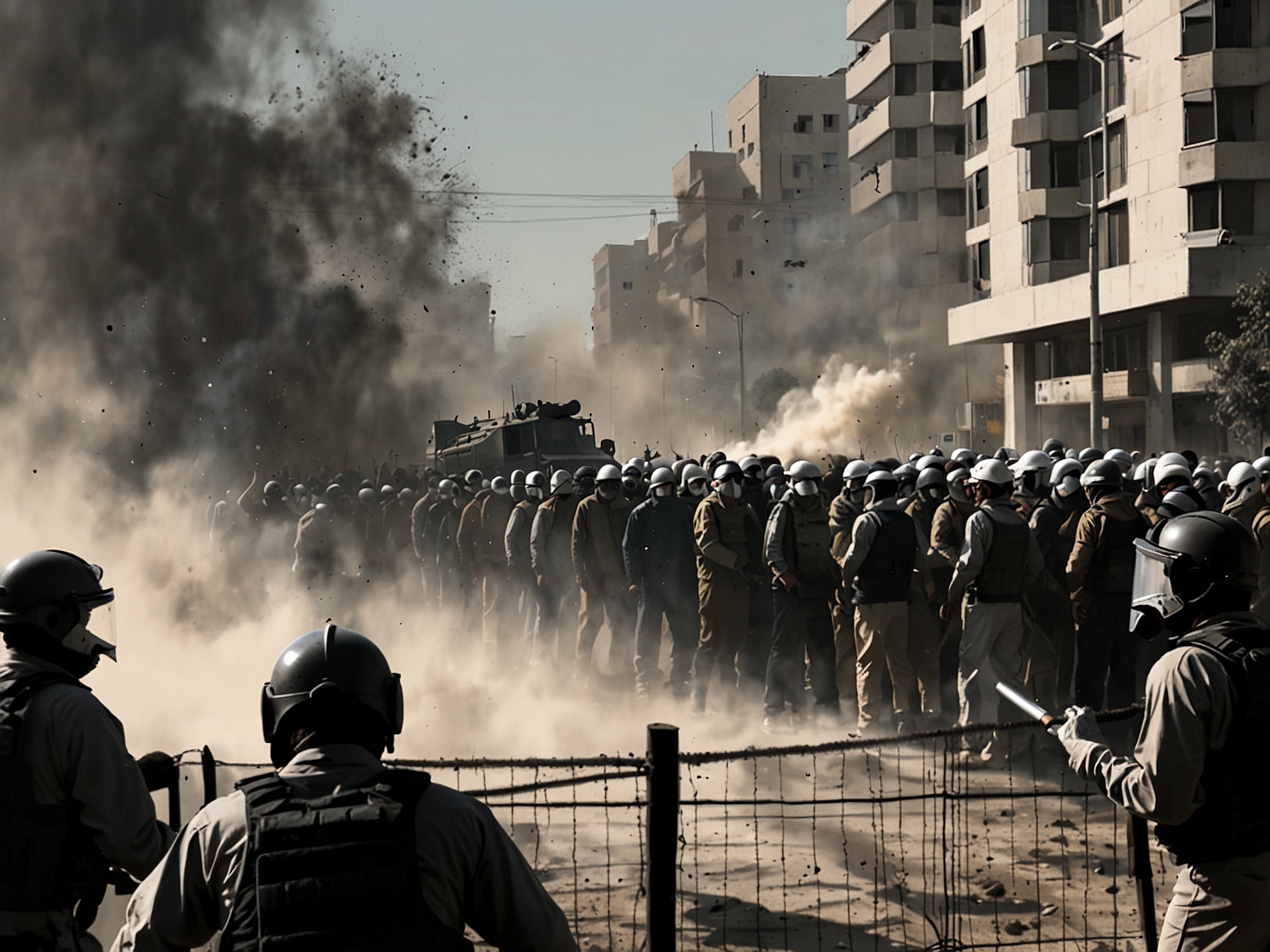
As for Imran Khan, he has been in jail for over a year. His challenges include over 150 cases against him, ranging from corruption to inciting violence. The question remains: does anyone truly believe he will get a fair trial? His supporters certainly do not, and they feel betrayed by a system they once celebrated.
Now, the ban on gatherings of more than five people is in effect. It’s an effort to stifle dissent—it’s a chilling reminder of authoritarian control. However, it may backfire. As dissent grows quietly underground, how much longer can the government silence its citizens?
One can only wonder how events will unfold from here. The emotional toll of these protests must weigh heavily on those involved. For many, this isn’t just a political issue; it’s personal. Families are torn apart, lives are lost, and trust in institutions dwindles daily. How does a nation heal when so many feel unheard?
Indeed, the violence in Pakistan has implications that extend beyond its borders. As the world watches, one can’t help but ask: What does this mean for democracy in the region? Will Pakistan become a case study for the struggles of governance? The outcome remains uncertain, but the dialogue must continue. Only through understanding can we ever hope to find solutions. How can we support the people caught in the crossfire? That’s a question we all should consider.

